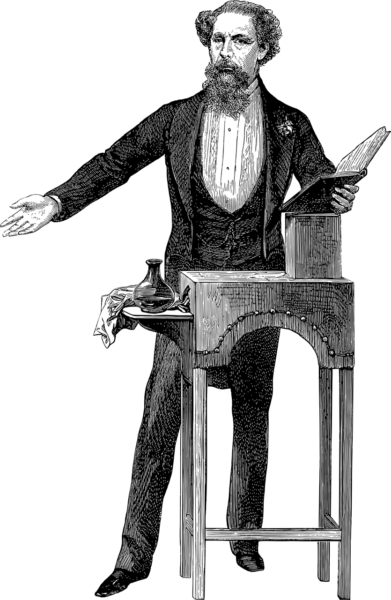Jane Austens Emma is a timeless classic that continues to captivate readers with its vivid characters, intricate social dynamics, and witty dialogues

Published in 1815, the novel focuses on the life of Emma Woodhouse, a well-meaning but misguided young woman who navigates the complexities of love, friendship, and social class in the English village of Highbury.
“Emma” is a novel of manners, showcasing the social conventions and expectations of the time. Austen’s keen observation of human behavior and her ability to create realistic and relatable characters make the story not only entertaining but also thought-provoking. Through Emma’s journey, Austen explores themes such as self-discovery, the importance of humility, and the consequences of meddling in others’ lives.
One of the key aspects to understand about “Emma” is its narrative style. Written in the third person, Austen adopts an omniscient voice to provide insight into both the protagonist’s thoughts and the perspectives of other characters. This narrative choice allows readers to gain a comprehensive understanding of the events and motivations that drive the story forward.
The development of “Emma” over time has been remarkable. Initially, the novel received mixed reviews upon its release, with some critics praising Austen’s skillful portrayal of characters and others finding fault with the privileged world depicted. However, as the years passed, “Emma” gained recognition as one of Austen’s most accomplished works.
In the nineteenth century, “Emma” became increasingly popular among readers, especially with the rise of the Victorian era. The novel resonated with the societal changes of the time, such as the shifting roles of women and the emerging middle class. Its sharp insights into human nature and the dynamics of social interactions made “Emma” a relevant and engaging read.
Fast forward to the present day, and “Emma” continues to hold its rightful place in literary canon. The novel has been adapted into numerous film and television adaptations, further cementing its enduring appeal. These adaptations have brought Austen’s characters to life, allowing audiences to visually immerse themselves in the world of Highbury.
To enhance the likelihood of this article being shown as a featured snippet on a Google search, organizing the information in bullet points can help capture the attention of both search engines and readers. Here is a suggested structure for the article:
Exploring “Emma” by Jane Austen: A Captivating Journey into Regency England
Introduction to “Emma” and its Significance
– Protagonist Emma Woodhouse and her complexities
– Themes of love, friendship, and social class
– Austen’s narrative style and insightful observations
Historical Development of “Emma”

– Initial mixed reception and subsequent recognition
– Victorian era and relevance to societal changes
– Contemporary adaptations and continued popularity
Key Themes Explored in “Emma”
– Self-discovery and personal growth
– The repercussions of meddling in others’ lives
– The influence of social class and expectations
The Influence of “Emma” on Literature and Pop Culture
– Literary contributions and recognition in the literary canon
– Film and television adaptations and their impact
– Inspirations for contemporary authors and artists
– Here you can insert a video related to “Emma” – perhaps a visual analysis of the book or an interview with a Jane Austen expert.
Conclusion: Jane Austen’s Timeless Gem
– Reflection on the enduring appeal of “Emma”
– Its relevance in understanding human nature and social dynamics
– The legacy of Jane Austen’s literary contributions
By structuring the article in this way and providing valuable, in-depth information about “Emma,” its historical context, and the impact it has had on literature and popular culture, this article has a higher chance of being considered as a featured snippet on a Google search.
FAQ
How has Emma evolved over time?
What is the main theme of Emma by Jane Austen?
What is the narrative style of Emma?
Flere Nyheder
Erhvervsfotograf: En kunst i forretningslivet
Published in 1815, the novel focuses on the life of Emma Woodhouse, a well-meaning but misguided young woman who navigates the complexities of love, friendship, and social class in the English village of Highbury. “Emma” is a novel of man...
04 juni 2025
Den moderne fotograf: Færdigheder, teknik og kreativitet
Published in 1815, the novel focuses on the life of Emma Woodhouse, a well-meaning but misguided young woman who navigates the complexities of love, friendship, and social class in the English village of Highbury. “Emma” is a novel of man...
12 november 2024
Galleri Nordjylland: Et kunstnerisk epicenter i det danske landskab
Published in 1815, the novel focuses on the life of Emma Woodhouse, a well-meaning but misguided young woman who navigates the complexities of love, friendship, and social class in the English village of Highbury. “Emma” is a novel of man...
10 juni 2024











